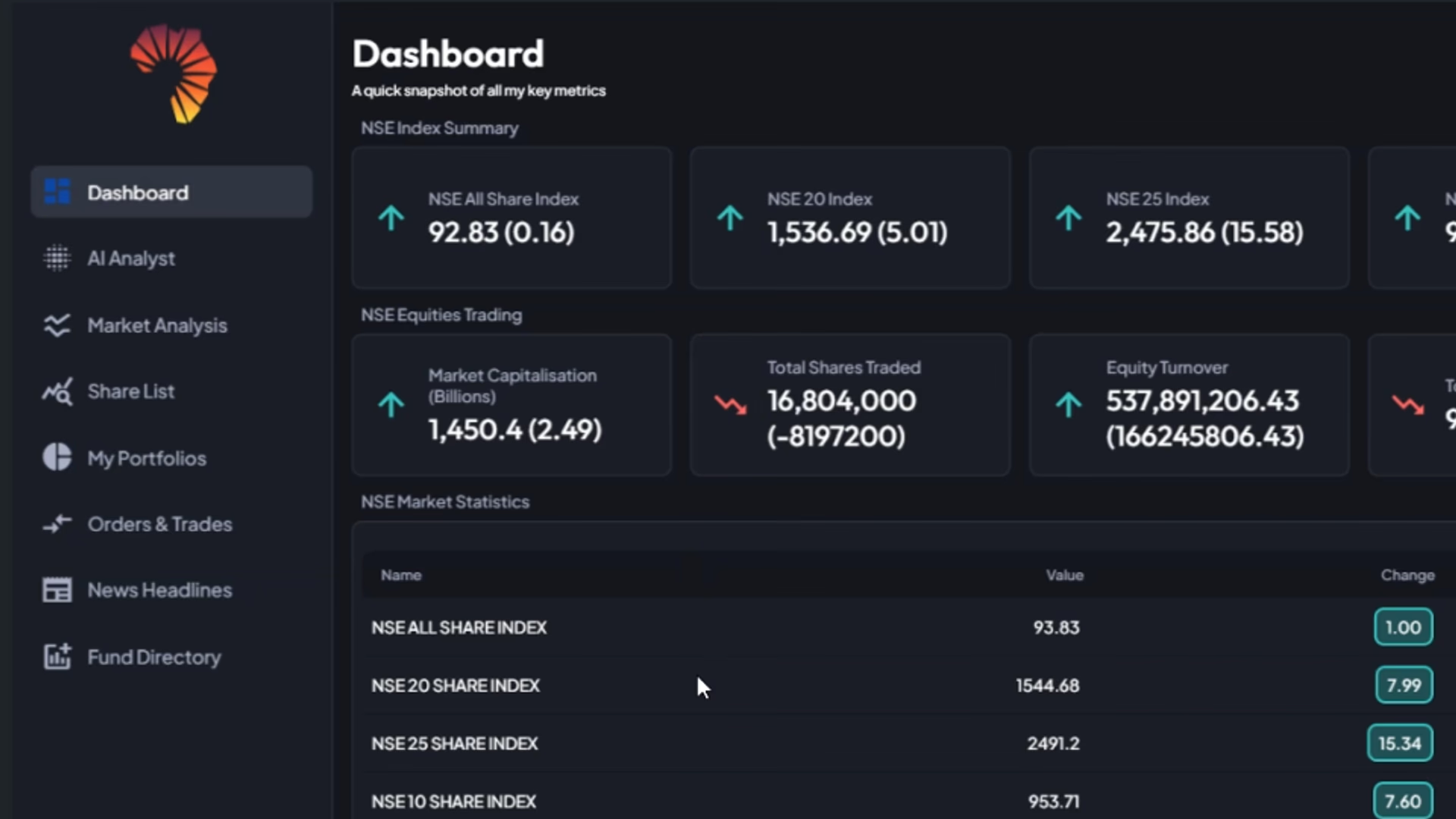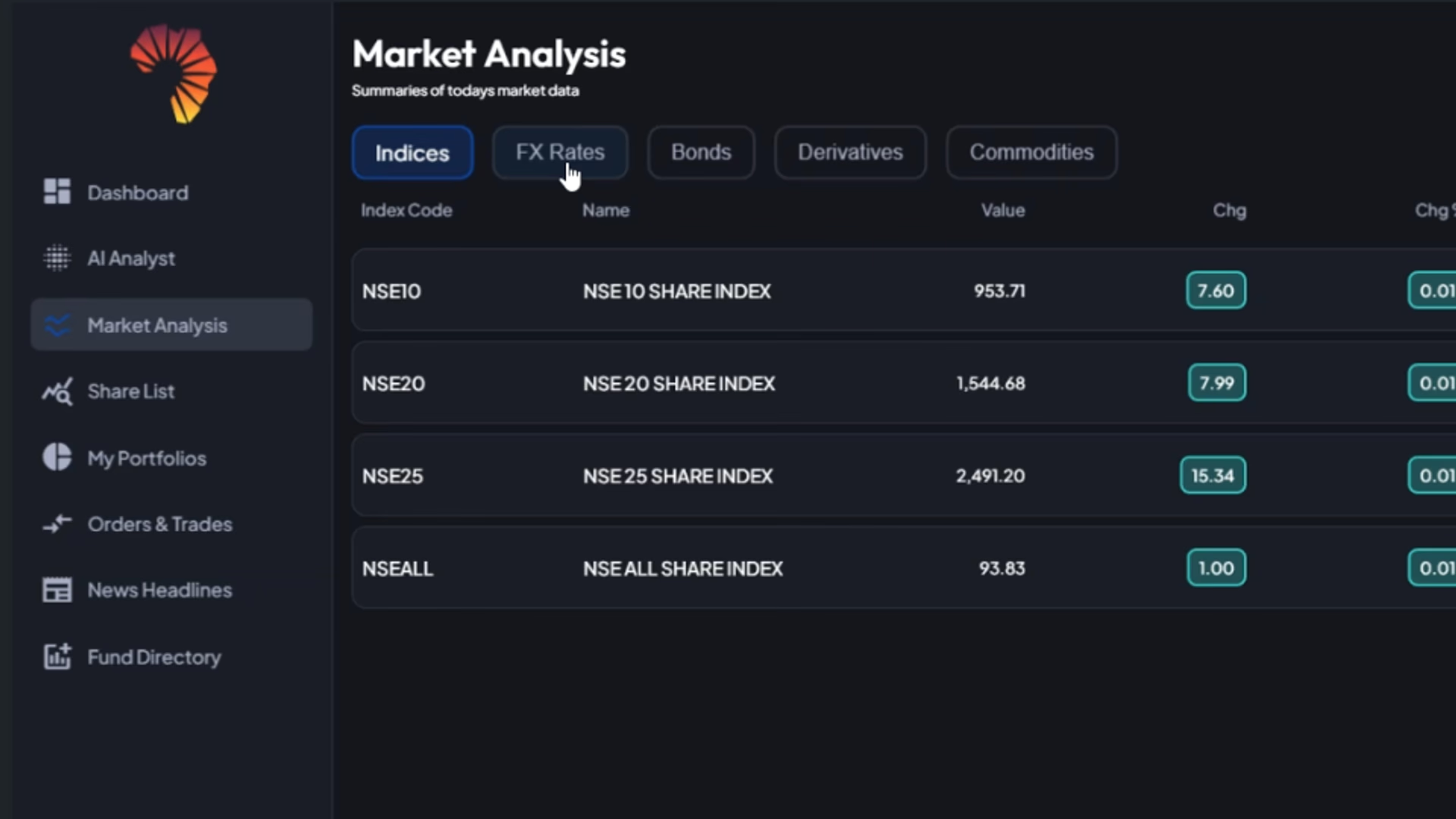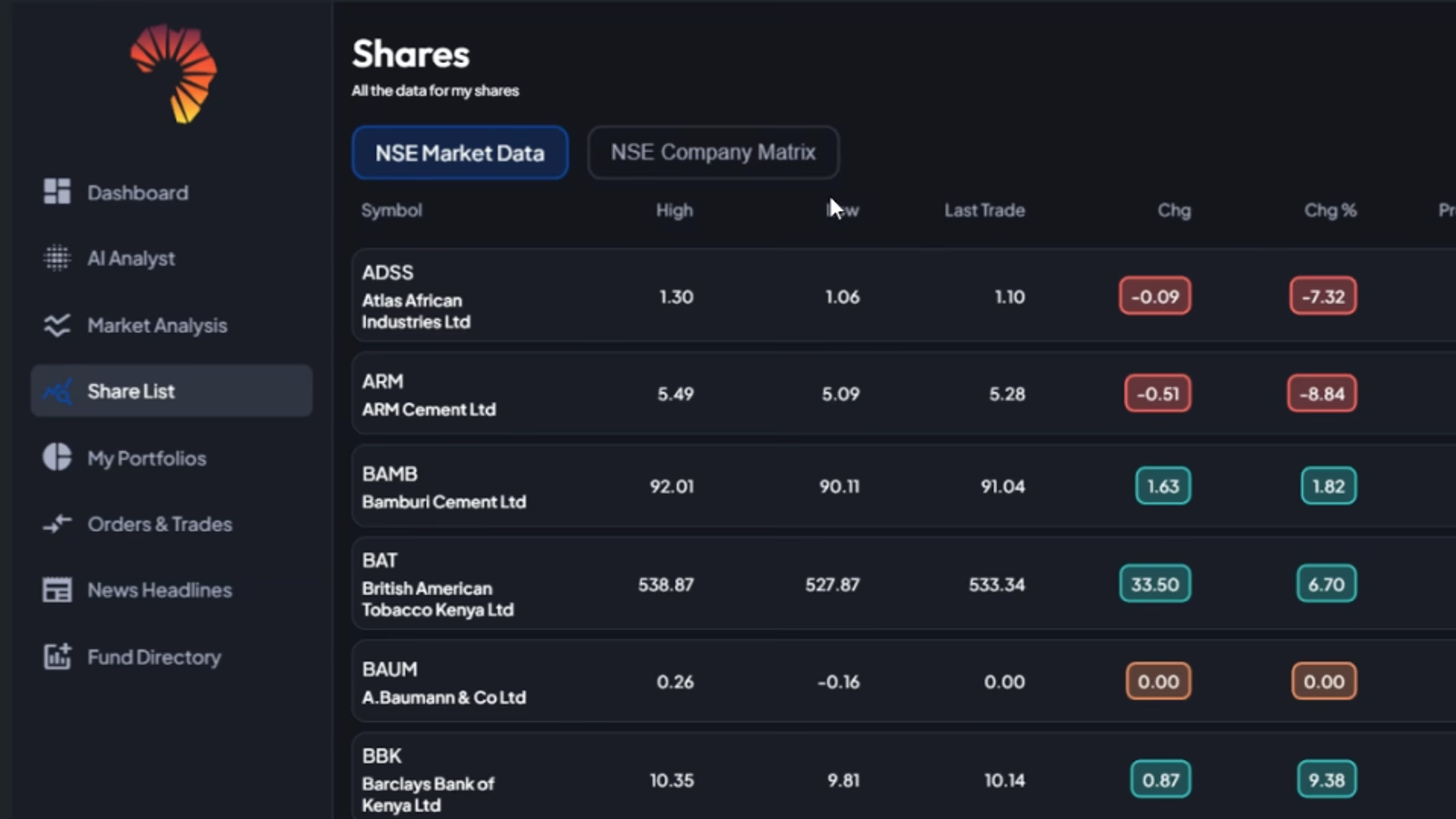16 counties recorded a higher growth rate than the national average GDP growth (4.6%) between 2019 and 2023, new data from the Kenya National Bureau of Statistics (KNBS) indicates.
- •The top five counties in terms of economic growth are Marsabit (9.3%), Tana River (7.6%), Nakuru (6.9%), Kajiado (6.3%), and Nairobi City (6.1%).
- •Five counties recorded growth rates below 3.0%, with three of these registering growth rates of less than 2.0%.
- •Nine counties registered gross county product (GCP) per capita higher than the national GDP per capita of KSh 293,229 reported in 2023.
Meru, Nakuru, Nyandarua, Murang’a and Kiambu recorded the highest performance in agricultural production, majorly due to their diverse crop production.

In the manufacturing sector, Nairobi City was the largest contributor, recording an average of 36.9 per cent of total manufacturing gross value added (GVA). Other notable contributors included Mombasa (9.9%), Kiambu (8.4%), and Machakos (7.8%). In the service sector, Nairobi City remained the highest contributor, accounting for 37.4% of the total services’ GVA.
Nairobi leads with a GCP per capita of KSh 802,344 due to its status as a major economic hub, followed by Mombasa (KSh 507,337), Nakuru (KSh 334,667), Nyeri (317,459), and Lamu (KSh 304,024). These counties benefit from diversified economies with significant contributions from agriculture, manufacturing, and service activities.
The 2024 Gross County Product (GCP) Report highlights the economic size, contribution to GDP and a measure of wealth distributed among the counties. It measures the size of county economies, their contribution to total Gross Value Added (GVA), and analyses GCP by broad economic sectors, namely agriculture, industry, and services.
Kenya’s Workforce Distribution
According to the data, as of 2022, the total working population stood at nearly 20 million individuals, with 10,483,645 males and 9,515,741 females.This distribution indicates that male participation in the workforce is slightly higher across the country. Nairobi City has the highest working population, at 2,191,913, reflecting its role as the country’s economic hub.

This is followed by Kiambu, with 1,285,151, and Nakuru, with 947,626, both of which are also major urban and economic centres. On the other hand, counties such as Lamu (44,926), Isiolo (48,293), and Samburu (43,428) have the lowest working populations, reflecting their smaller populations and limited economic opportunities.
The gender distribution of the working population varies by county. Some counties, such as Turkana and West Pokot show relatively balanced gender representation in the workforce, while others, like Wajir and Mandera exhibit a more pronounced male dominance in employment.
This distribution underscores the diverse economic landscape across the counties, with levels of employment closely tied to factors such as urbanisation, industrialisation, and regional economic activities.
The 2024 Gross County Product (GCP) Report highlights the economic size, contribution to GDP and a measure of wealth distributed among the counties. It measures the size of county economies, their contribution to total Gross Value Added (GVA), and analyses GCP by broad economic sectors, namely agriculture, industry, and services.





